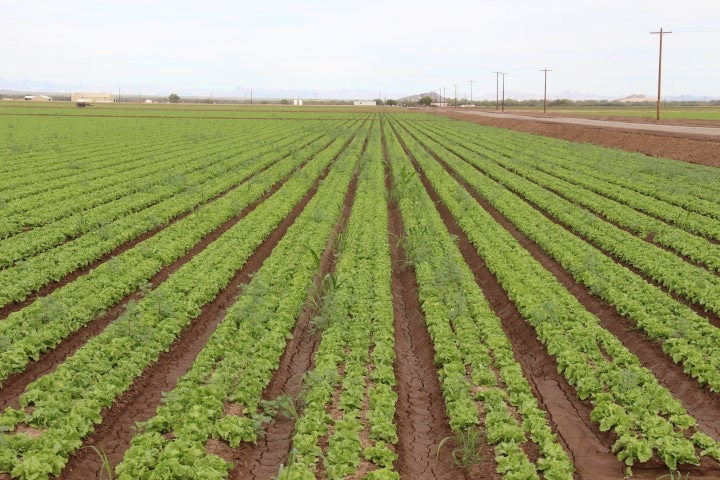December 10, 2015

Plant pathogens are similar to other living organisms since they contain a degree of genetic variability within their genes that govern physical structure and internal biochemical activities.
Any selection pressure imposed on a population of an organism can result in visible and invisible changes within the population.
Selective breeding is a tool used to express the genetic diversity within a population of an organism, as demonstrated by the proliferation of dog breeds or varieties of agricultural crops when compared to original ancestral forms.
Other selection pressures can result in unwanted changes within a population, including the development of resistance to antibiotics used to treat human and animal diseases, and to plant protection chemistries used to manage plant diseases.
In our area, plant protection products are used primarily against diseases caused by fungi. Specific recommendations have been established by an organization called the Fungicide Resistance Action Committee (or FRAC) to manage the development of fungicide resistance within a target plant pathogen population.
Resistance strategies
The major resistance management strategies include:
Do not use a single mode of action in isolation. Instead, apply the material as a mixture or in alternation with one or more fungicides with different modes of action within a treatment program.
Restrict the number of applications of a particular mode-of-action within a season and only make applications when necessary.
Do not apply less than the manufacture’s recommended dose.
Target fungicide applications for disease prevention - not eradication.
Use an integrated approach to disease management.
For the latest on western agriculture, please check out Western Farm Press Daily and receive the latest news right to your inbox.
By employing these resistance management strategies plus using disease-resistant cultivars, biological control agents, crop rotation, and other beneficial cultural practices, the end result can be a high level of disease control, lower amounts of total fungicides needed, and decreased selection of fungicide-resistant components within the pathogen population.
(Editor's note: This article is reprinted with permission from Dr. Mike Matheron. The article is from the University of Arizona's Veg IPM e-news newsletter.)
You May Also Like




